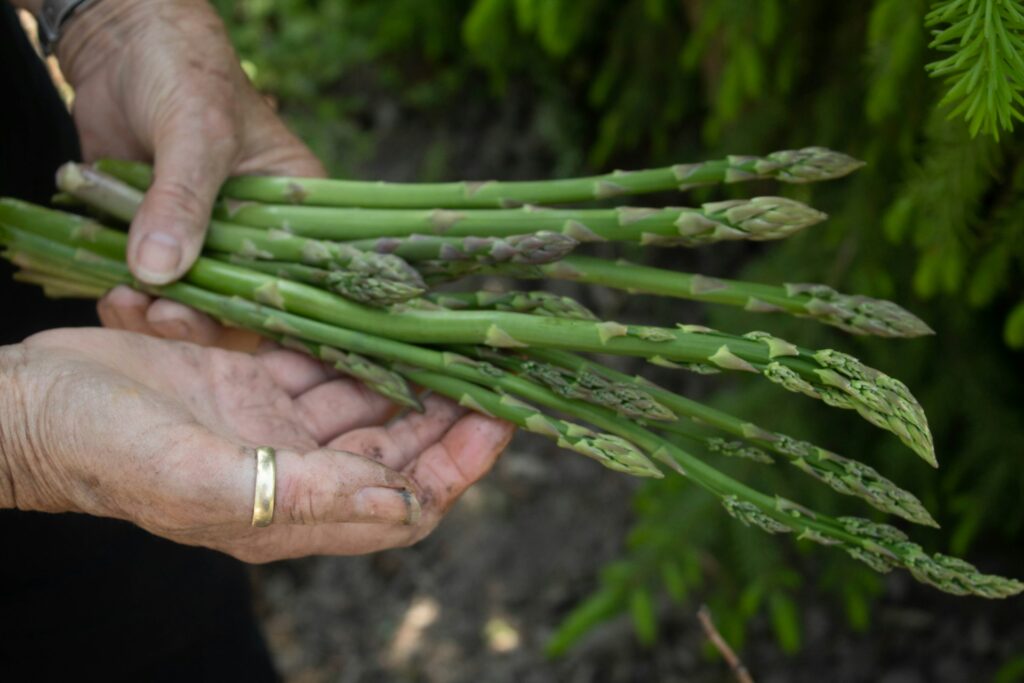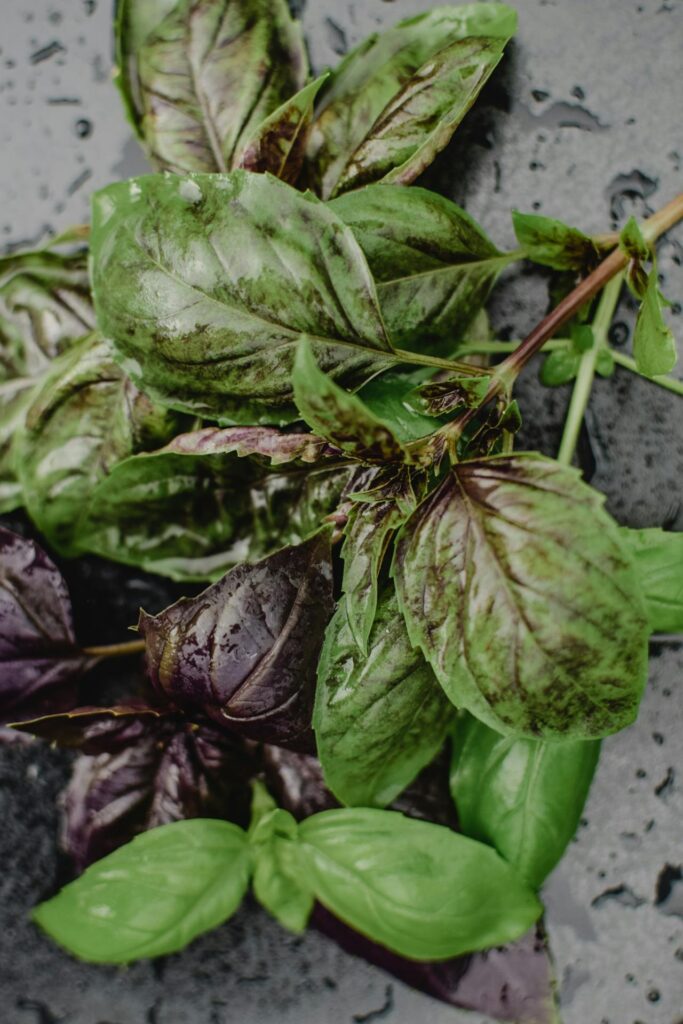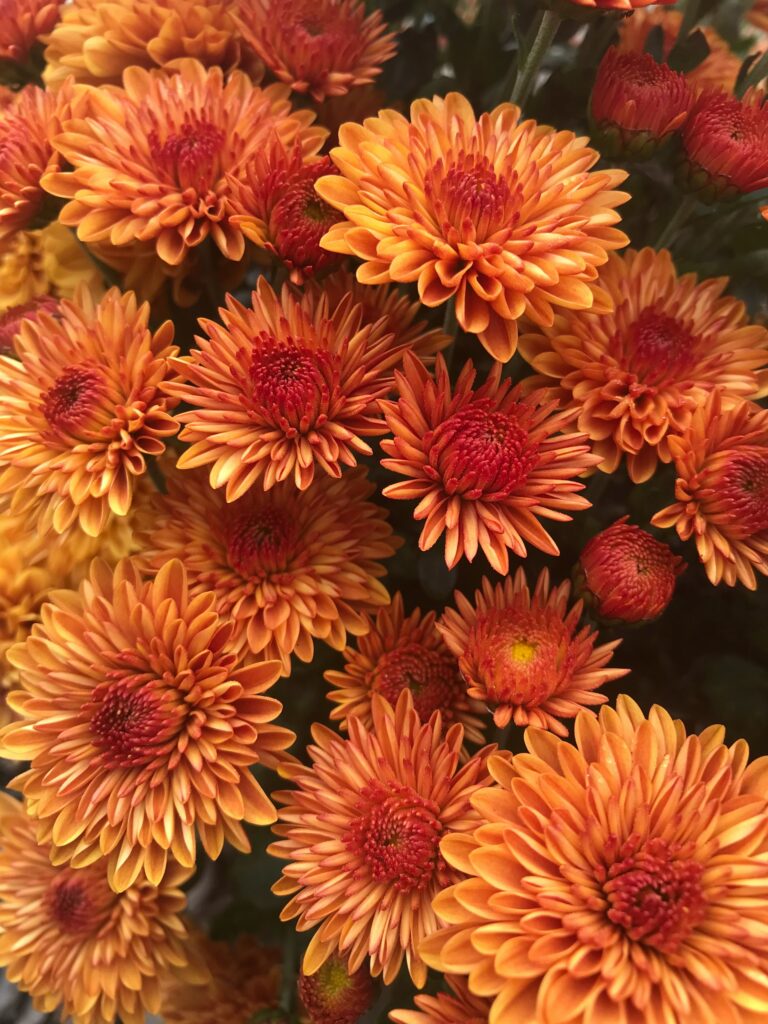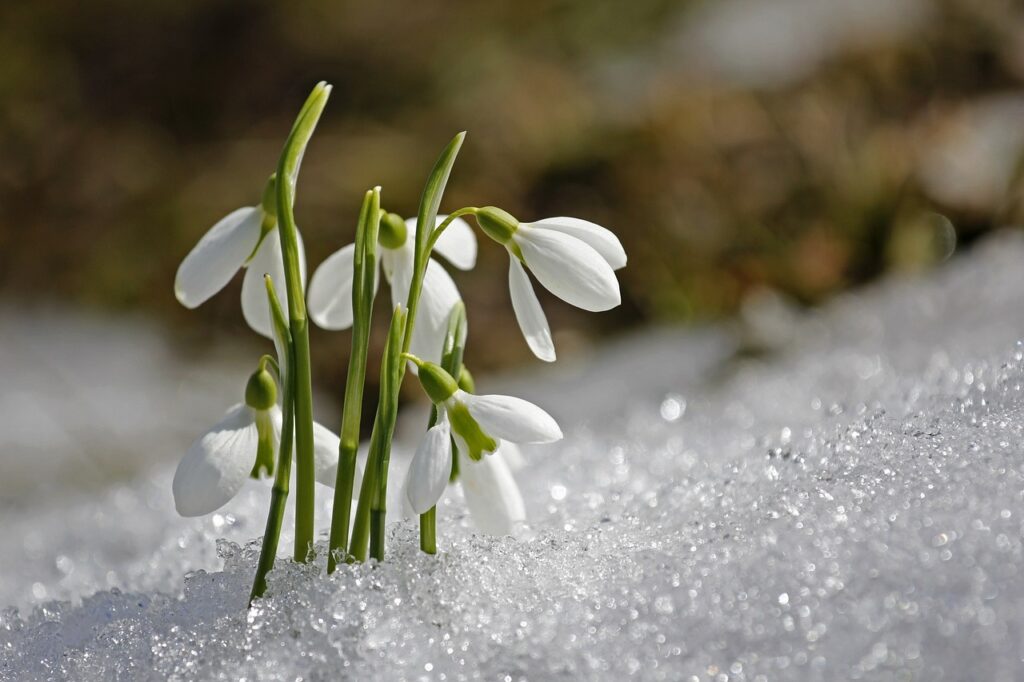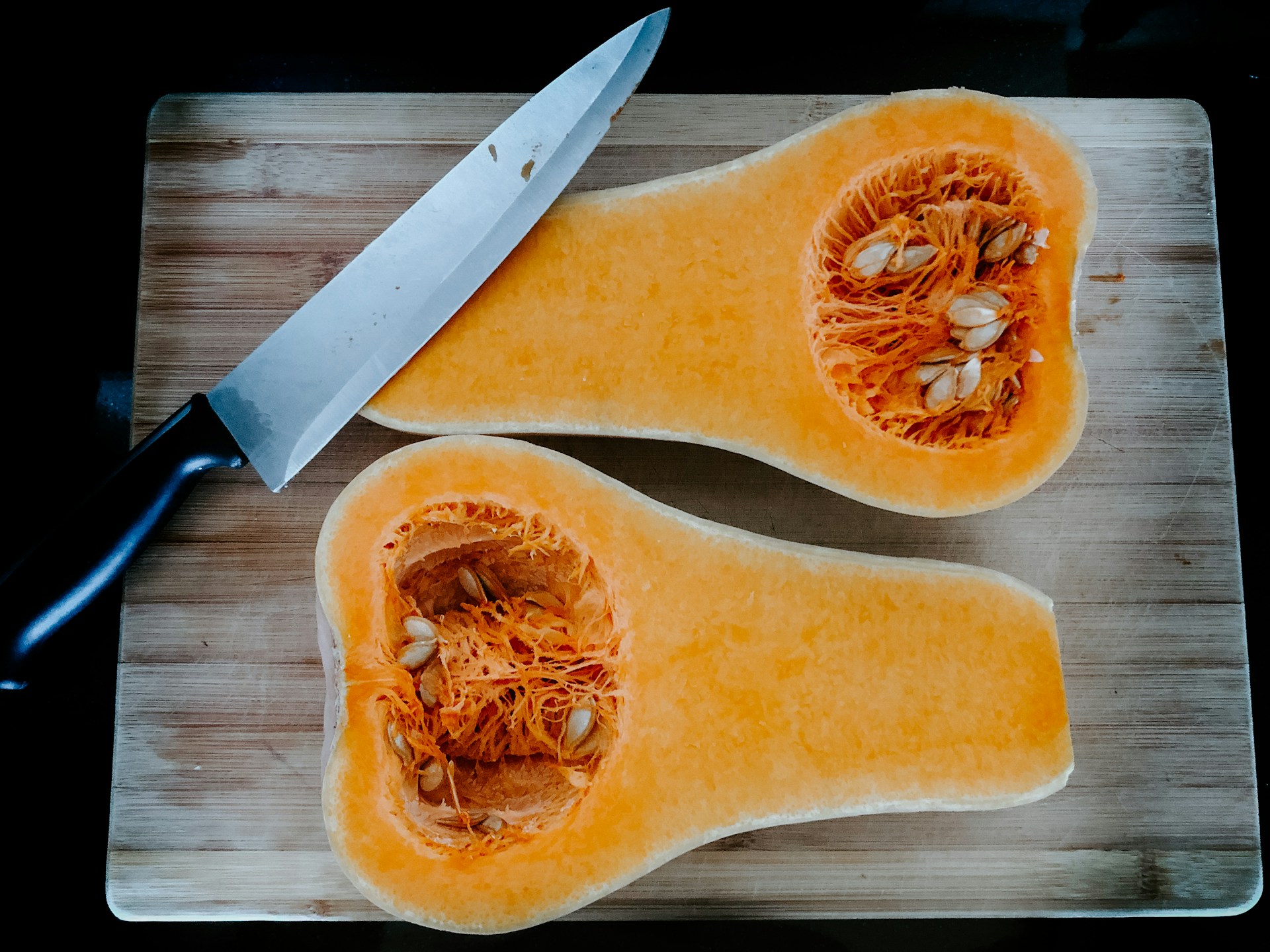
Determining the freshness of squash is an essential part of both shopping for and preparing this versatile vegetable. Squash comes in many varieties, each with a significant nutritional profile and a range of culinary uses. But like all fresh produce, squash is perishable and can spoil over time. The key to ensuring you’re using a good product lies in knowing how to assess its condition effectively.
Checking for signs of spoilage in squash involves examining its appearance, texture, and smell. A fresh squash should have a firm skin and vibrant color, free from soft spots and mold. When spoilage begins, the squash might become mushy, develop an off-odor, or start exhibiting discoloration; these are all indicators that the squash may no longer be suitable for consumption. Handling squash correctly is vital, as improper storage can hasten the spoilage process, thereby shortening its shelf life and potentially leading to wasted food.
Key Takeaways
- Assessing squash freshness involves checking appearance, texture, and smell.
- Symptoms of spoilage include mushiness, foul odor, or discolored skin.
- Proper handling and storage extend the squash’s edible period.
Signs of Spoilage
When assessing the freshness of squash, it’s essential to inspect its color and texture, smell and taste, as well as any signs of mold and rot.
Color and Texture
- Color: Fresh squash should have a vibrant, uniform color without any major discolorations. If a squash exhibits extensive discoloration or has become dull, this can be a sign of spoilage.
- Texture: A fresh squash will have a firm texture. If there are mushy, soft spots or the squash yields easily under gentle pressure, these are indicators of decay.
Smell and Taste
- Smell: Squash should have a mild, fresh vegetal scent. A sour or foul odor is a clear signal that the squash has gone bad.
- Taste: Although it’s not advised to taste a squash if spoilage is suspected, a spoiled squash typically has an off, bitter taste.
Mold and Rot
- Mold: Visible mold of any color — often white, black, or green — suggests spoilage.
- Rot: Rotten spots, which may be darker than the surrounding flesh, signify that the squash is no longer fit for consumption.
Proper Storage Methods
Storing squash correctly is essential to prolong its shelf life and maintain freshness. Different storage methods can greatly influence the quality and edibility of squash.
Temperature and Environment
For optimal storage, squash should be kept in a cool, dry place away from direct sunlight. Winter squash varieties thrive best when stored at temperatures between 50-60°F (10-15°C). A pantry or a cellar is often ideal for short-term storage. Summer squash varieties, like zucchini, should be refrigerated if not used within 1-2 days.
- Location: Store in a pantry, cellar, or refrigerator.
- Avoid: Direct sunlight and warm areas.
- Ideal Temperature: 50-60°F (10-15°C) for winter squash; refrigerator temperatures for summer squash.
Shelf Life and Freshness
Squash’s shelf life varies based on the type and method of storage. Winter squash can last up to a month or more when stored properly in a pantry or a cellar. In contrast, summer squash should be consumed within a week and must be refrigerated in an airtight container to retain freshness. For longer storage, squash can be frozen, extending its shelf life up to 8 months.
- Winter Squash:
- Pantry/Cellar: 1-3 months
- Refrigerator: Not recommended
- Freezer: Up to 8 months (properly prepared)
- Summer Squash:
- Refrigerator:
- Crisper Drawer: Up to 1 week
- Airtight Container: 1-2 weeks
- Freezer: Up to 8 months (properly prepared)
- Refrigerator:
By understanding and applying the correct storage methods for squash, one can ensure that the vegetable remains fresh and edible for the longest possible time.
Selecting and Handling Squash
When selecting fresh squash, it’s important to focus on the skin and firmness which are indicators of quality, and to consider the stem and weight for freshness and density.
Inspecting Skin and Firmness
For all types of squash, including zucchini, summer squash, butternut squash, acorn squash, and spaghetti squash, one should inspect the skin carefully. The skin should be:
- Intact: Free of cuts, bruises, and punctures.
- Firm: Lacking soft spots which can indicate spoilage.
- Vibrant: Exhibiting a color that is consistent and indicative of the type of squash.
A firm squash is typically fresh and of good quality. Each variety should feel heavy for its size, indicating denseness and moisture content within.
Stem and Weight Considerations
The stem of the squash provides clues to freshness and handling:
- Stem Intact: A firm, dry, and rounded stem indicates that the squash was harvested at an optimal time and handled properly.
- Weight: Squash should feel heavy when lifted, signifying that it is not dehydrated or hollow.
Before purchasing any type of squash, assess these physical characteristics to ensure you’re choosing a good squash.
Health and Safety Tips
When handling squash, it is important for one to recognize the tell-tale signs of spoilage to prevent foodborne illness. Addressing concerns about bad squash ensures safe consumption for everyone.
Dealing With Spoiled Squash
Spoiled squash can exhibit several clear indicators. It is essential to inspect squash thoroughly for:
- Off-putting odors
- Soft spots or a mushy consistency
- Discoloration or mold growth
If one detects any of these signs, the squash should be discarded immediately. Squash that has a severely bitter taste could indicate the presence of cucurbitacins, which can cause Toxic Squash Syndrome; in these cases, one should stop eating the squash and seek medical attention if symptoms of illness occur.
FAQs and Squash Varieties
Can different types of squash spoil differently?
Yes, different squash varieties may have varying shelf lives and spoilage signs. For instance, hard squash such as butternut can last for months when stored properly, while soft squash like zucchini should be consumed within days to a week.
| Squash Variety | Expected Shelf Life | Ideal Storage Condition |
|---|---|---|
| Butternut | 1-3 months | Cool, dry place |
| Acorn | 1-3 months | Cool, dry place |
| Spaghetti | 1-3 months | Cool, dry place |
| Zucchini | 4-7 days | Refrigerator |
| Pattypan | 4-7 days | Refrigerator |
How can one prevent food poisoning from squash?
To minimize the risk of food poisoning, one should always wash squash before preparation, store it in the proper conditions, and cook it to the appropriate temperatures. It’s also crucial to dispose of any squash that shows signs of spoilage, as outlined above.

